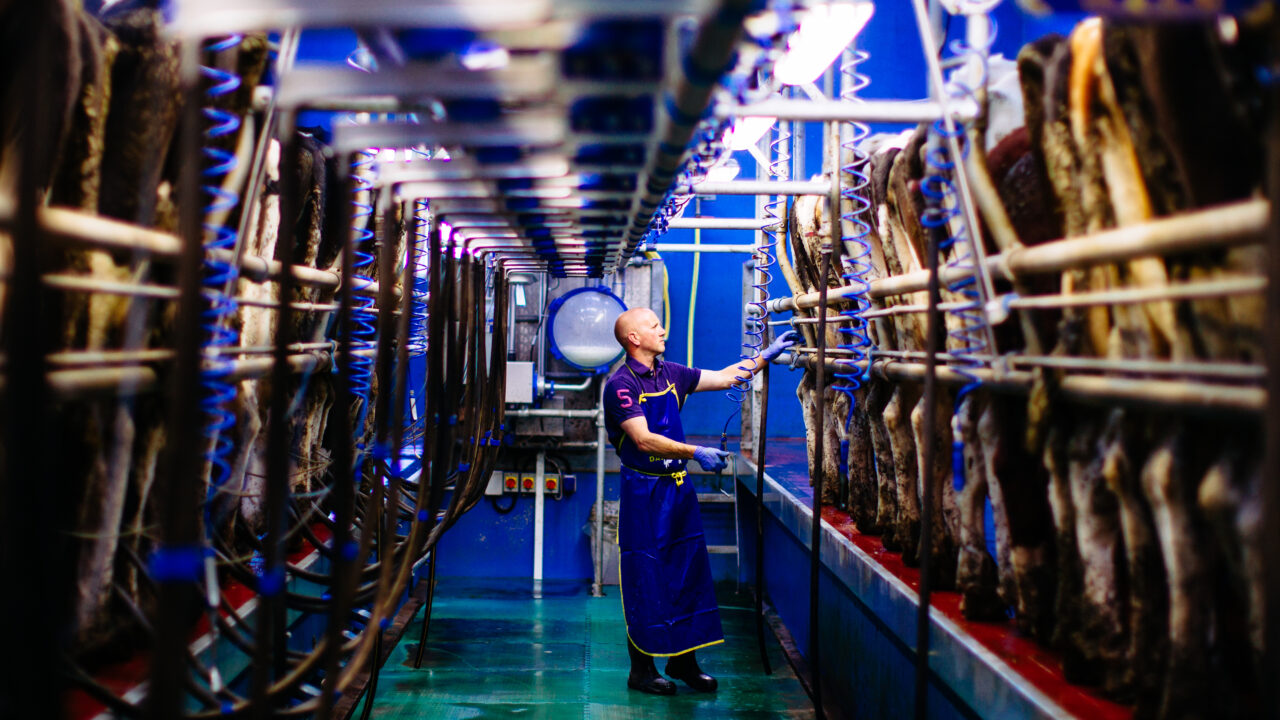It has been a record year for dairy prices globally, driven by weaker flows from the major milk-producing regions for much of the year, according to Liam McCabe, Bord Bia dairy specialist.
Global dairy prices began climbing in mid-2020, and despite inflationary pressures felt right throughout the supply chain, prices maintained this trajectory to reach record highs in early 2022, before softening in recent months.
When analysing dairy markets, the starting point is always the supply and demand dynamics and in 2022 this was no different as the balance tipped firmly in favour of dairy exporters, due to a shortfall in global dairy supplies.
Dairy production
Europe is the largest dairy-exporting region in the world, and typically accounts for 40% of all global exports.
Production in Europe up to the end of September was back 0.5%, with Germany and France, Europe’s two largest dairy producers, accounting for most of the decline.
In 2021, Germany and France accounted for almost 40% of total European milk supply; however their dairy industries have come under pressure in recent years due to labour shortages, profitability and ever-growing environmental issues.
The Netherlands is Europe’s third-largest dairy producer, and despite the challenges it is facing in relation to carbon taxation and widespread farmer protests as a result, their milk production is on par with 2021.
In Ireland, milk supply also fell short of expectations during peak months due to challenging weather conditions during the main grazing season, and a higher dairy cow culling rate in response to soaring input costs.
Up to the end of October, Irish dairy cow slaughters totalled over 222,000 head, representing an increase of 35,000 head on the same period last year. These factors led to a 0.6% reduction in milk supply for the first six months of the year.
We have witnessed a return to growth in Ireland and other major European producers in recent months (combined supply up 0.8% for September) as farmers attempt to capitalise on strong farmgate margins.

New Zealand is the second-largest dairy exporting region, accounting for approximately 30% of global dairy imports. The 2021/2022 milk production season ended in May, with total collections back 4% on the previous season.
Similar to Europe, it has been struggling with labour shortages, environmental challenges and difficult weather conditions, resulting in the first negative full season since 2019/2020.
The current milk production season began in June, following the wettest and mildest winter on record, which led to a slow start with supply forecasts for the full season back 1%.
In the US, milk production fell in the first half of the year; however, an increase in dairy cow numbers in the latter half of the year has resulted in milk collections now trending close to 2021.
Although the US is also a significant dairy importer, their exports account for approximately 20% of total global dairy exports.
Both Argentina and Australia account for approximately 4% each of total dairy exports globally, with Australia back over 6% for the year up to the end of September and Argentina being the only one of the big-five dairy exporters to be in positive territory for the year with their milk collections up 0.6%.
Demand
Demand has remained robust for most of 2022, albeit the drivers have been some of the traditionally smaller importing regions. China is the largest dairy importing region in the world, and in a typical year accounts for approximately 20% of all dairy imports.
Since March 2022, Chinese import volumes of dairy ingredients have witnessed significant year-on-year decreases, leading to a cumulative decline of 18% to the end of October.
This decline equates to 605,000t, which is the equivalent of more than 25,000 40ft containers of dairy powders.
Sporadic lockdowns continue to disrupt economic activity around China. Imports stabilised in September and October, however early signs suggest November imports will be weak and with reported Covid-19 cases spiking again, it is difficult to be optimistic in the short term, regarding Chinese dairy imports.

Imports from some of the other dairy deficient regions have remained positive during 2022 however, with total imports from the Southeast Asian markets of Indonesia, Philippines and Thailand up 10%, 5% and 6% respectively, which bodes well for Bord Bia’s recently launched EU co-funded campaign targeted at promoting European dairy from Ireland in Southeast Asia and Japan.
Outlook
As we approach the start of a new year, market sentiment is cautious albeit from relatively high levels.
Recent months have seen an increase in milk supplies in some of the key exporting regions, and affordability challenges in some of the key importers which has resulted in reduced buyer activity.
Commentators are anticipating a return to production growth from the major exporting regions in 2023, albeit against weak 2022 levels.
From a demand perspective, China remains in the driving seat. Supported by government policy, it has been increasing domestic milk production in recent years. As the world’s largest dairy importer, this has dampened the appetite for imported products.
Rabobank is anticipating a conservative 3% growth in Chinese milk supply in 2023, which again sparks some uncertainty for their import requirement next year.
Grass fed has become an increasingly important claim in markets of strategic importance for Irish dairy in recent years. In response to this, the grass fed standard for dairy was developed, and launched in November, 2019.
Since then, 23 Irish dairy processors have gained certification against the standard, with 21 processors now on their second audit cycle.
Currently, the only products that are eligible to carry the grass fed logo are core dairy products such as butter, cheese and powders with a minimum of 98.5% grass fed dairy included (allowing the remaining 1.5% for essential dairy processing aids).
Bord Bia, alongside the dairy industry, is currently working together to expand this offering to more complex dairy products, with the view to enabling more processors to market their dairy produce as grass fed.
To learn more about Bord Bia’s work, click here.


